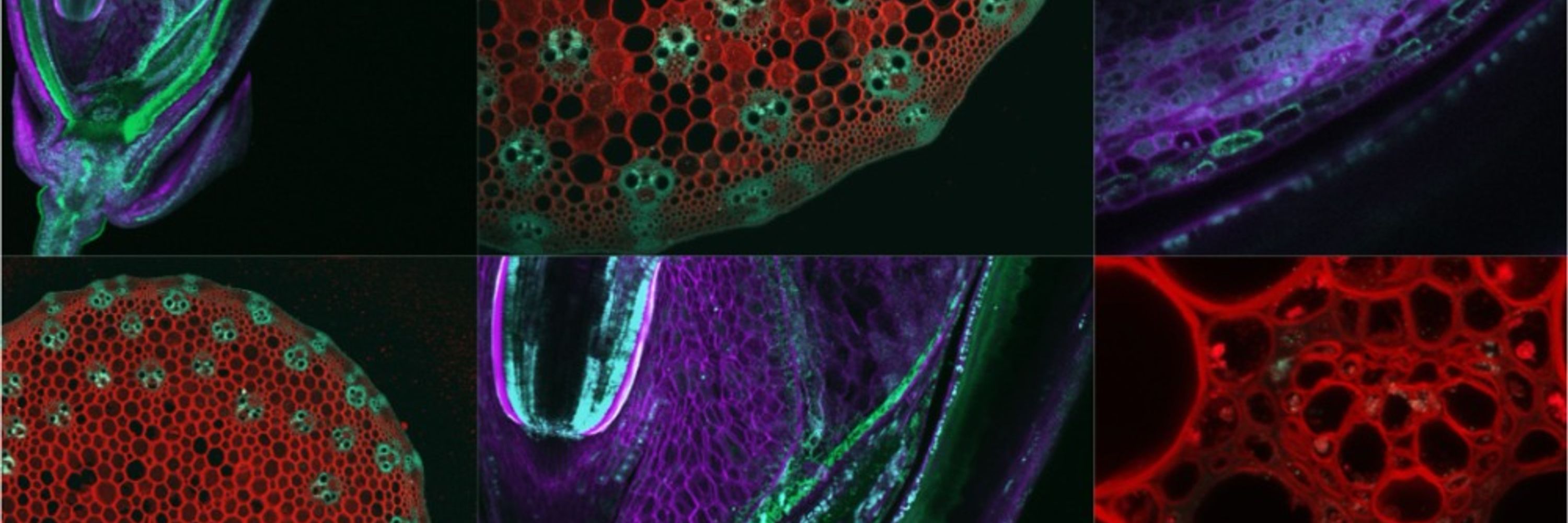Journal of Experimental Botany
@jxbotany.bsky.social
5.7K followers
830 following
690 posts
Founded in 1950, the Journal of Experimental Botany (JXB) is a top-ranking journal owned by the Society for Experimental Biology (SEB) and dedicated to publishing advances in plant science.
https://academic.oup.com/jxb
[email protected]
Posts
Media
Videos
Starter Packs
Pinned
Reposted by Journal of Experimental Botany
Reposted by Journal of Experimental Botany
Reposted by Journal of Experimental Botany
Reposted by Journal of Experimental Botany
Reposted by Journal of Experimental Botany
Reposted by Journal of Experimental Botany
Reposted by Journal of Experimental Botany















